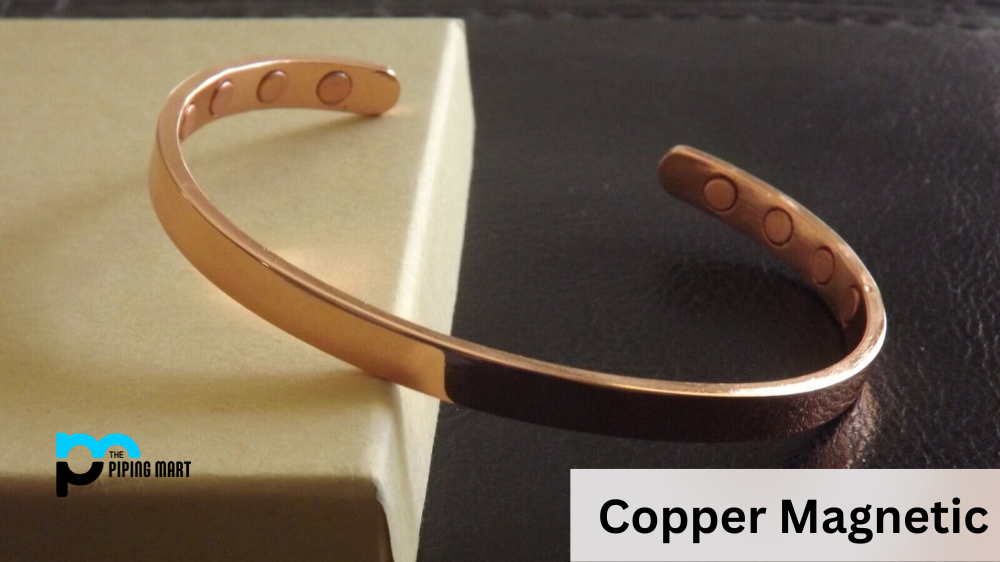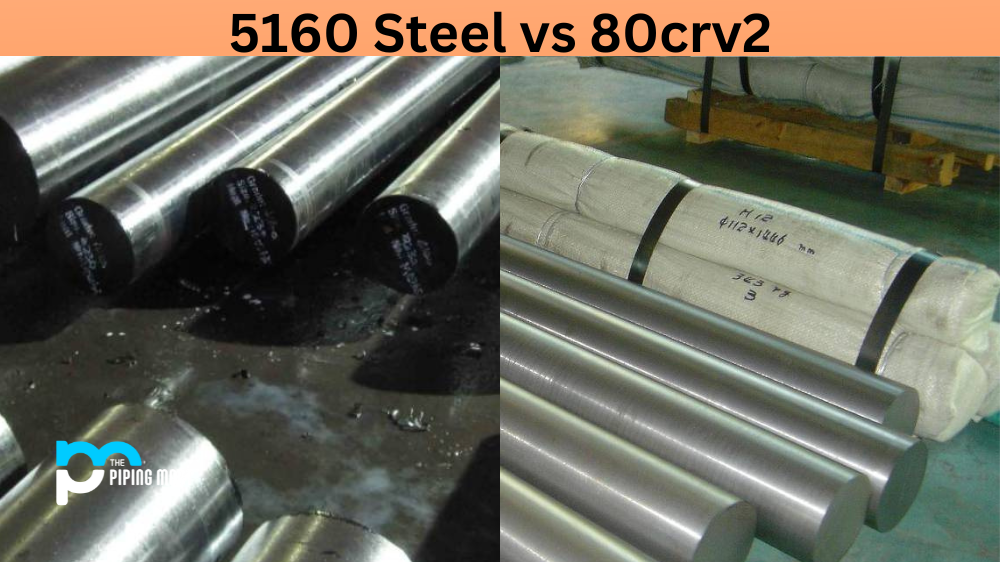Welding is a common and essential process in many industries, from aerospace to automotive. Regarding welding, two processes stand out for their convenience and efficiency: flux-cored arc welding (FCAW) and inert metal gas (MIG) welding. Both are widely used for various applications, but which one is better? Let’s explore the differences between these two types of welding and how they can be used.
Welding Processes
FCAW and MIG welding involve an electric arc that melts the base material to join the components. The main difference between the two is that FCAW utilizes an externally-fed wire that contains flux on its core, while MIG uses a solid wire electrode with no flux core. FCAW is often preferred over MIG because it produces a stronger weld and requires less skill to use effectively. On the other hand, MIG produces more consistent results with slower deposition rates, making it suitable for high-production environments.
FCAW, or flux-cored arc welding, is a type of welding that uses a wire electrode that is fed through a welding gun and into the weld pool. The wire electrode is coated with flux, which helps to protect the weld pool from contamination. FCAW is typically used for welding thicker materials, as it can provide high deposition rates.
MIG, or metal inert gas welding, is a type of welding that uses an electrode that is fed through a welding gun and into the weld pool. The electrode is made of a solid metal wire shielded by an inert gas, such as argon or helium. MIG welding is typically used for thinner materials, providing a cleaner weld than FCAW.
Advantages of FCAW
Some of the advantages of FCAW over MIG include the following:
-FCAW can be used on thicker materials: Because FCAW can provide high deposition rates, it can be used on thicker materials than MIG. This makes it ideal for applications such as shipbuilding and construction.
-FCAW is less likely to cause porosity: Porosity is a common issue in welding and can occur when gas bubbles become trapped in the weld pool. Because FCAW uses a flux-coated electrode, it is less likely to cause porosity than MIG.
-FCAW can be used in all positions: Unlike MIG, limited to flat and horizontal positions, FCAW can be used in all positions. This makes it ideal for applications with limited access to the weld area.
Advantages of MIG
Some of the advantages of MIG over FCAW include the following:
-MIG provides a cleaner weld: Because the electrode in MIG welding is made of solid metal wire and is shielded by an inert gas, it gives a cleaner weld than FCAW. This makes it ideal for applications where aesthetics are essential.
-MIG is easier to use: MIG welding is generally considered more straightforward than FCAW, as it does not require the operator to add flux to the weld pool. This makes it ideal for applications where operator training is limited.
-MIG can be used in multiple passes: Unlike FCAW, which can only be used in single passes, MIG can be used in various passes. This makes it ideal for applications requiring multiple passes, such as pipe welding.
Disadvantages of FCAW
Some of the disadvantages of FCAW over MIG include the following:
-FCAW produces more fumes and smoke: Because the flux coating on the electrode burns during welding, FCAW produces more fumes and smoke than MIG. This can be a health hazard for the operator and those nearby and may require ventilation equipment.
-FCAW requires more operator training: Due to its complexity, FCAW generally requires more operator training than MIG. This can make it unsuitable for applications where operator training is limited.
-FCAW is less portable: Because FCAW requires the use of flux, it is generally less portable than MIG. This can make it unsuitable for applications where portability is important
Conclusion:
In conclusion, FCAW and MIG offer unique advantages depending on your needs. While FCAW provides portability and ease of use for small projects in tight spaces or outdoors without needing additional equipment like shielding gases or filler metals, MIG offers faster deposition rates, less spatter build-up, and lower post-weld cleanup times due to its lack thereof. So if you’re looking for an efficient way to quickly weld together components without too much hassle setting up beforehand, consider looking into both these methods so you can decide which one best fits your specific project needs. No matter what type you choose, however, both offer great benefits when completing those projects quickly!

Abhishek is a seasoned blogger and industry expert, sharing his insights and knowledge on various topics. With his research, Abhishek offers valuable insights and tips for professionals and enthusiasts. Follow him for expert advice on the latest trends and developments in the metal industry.




